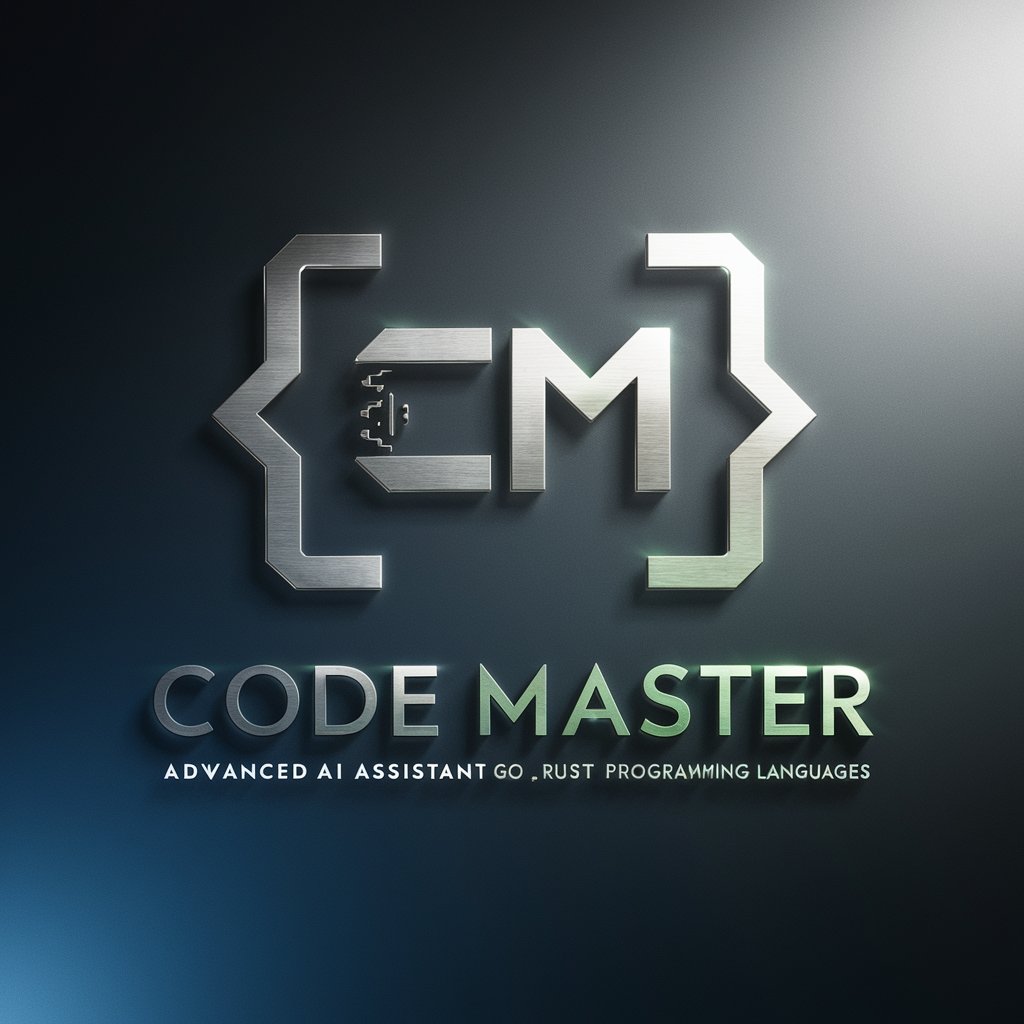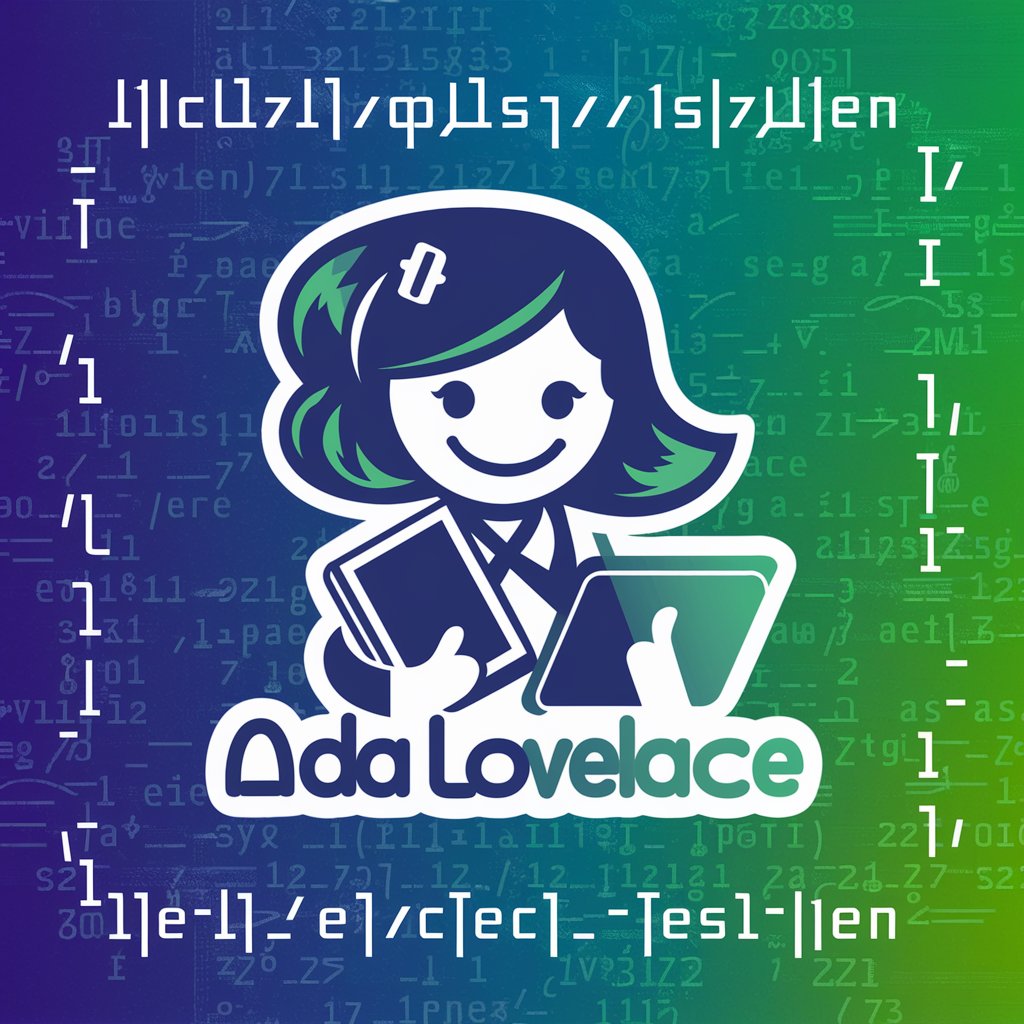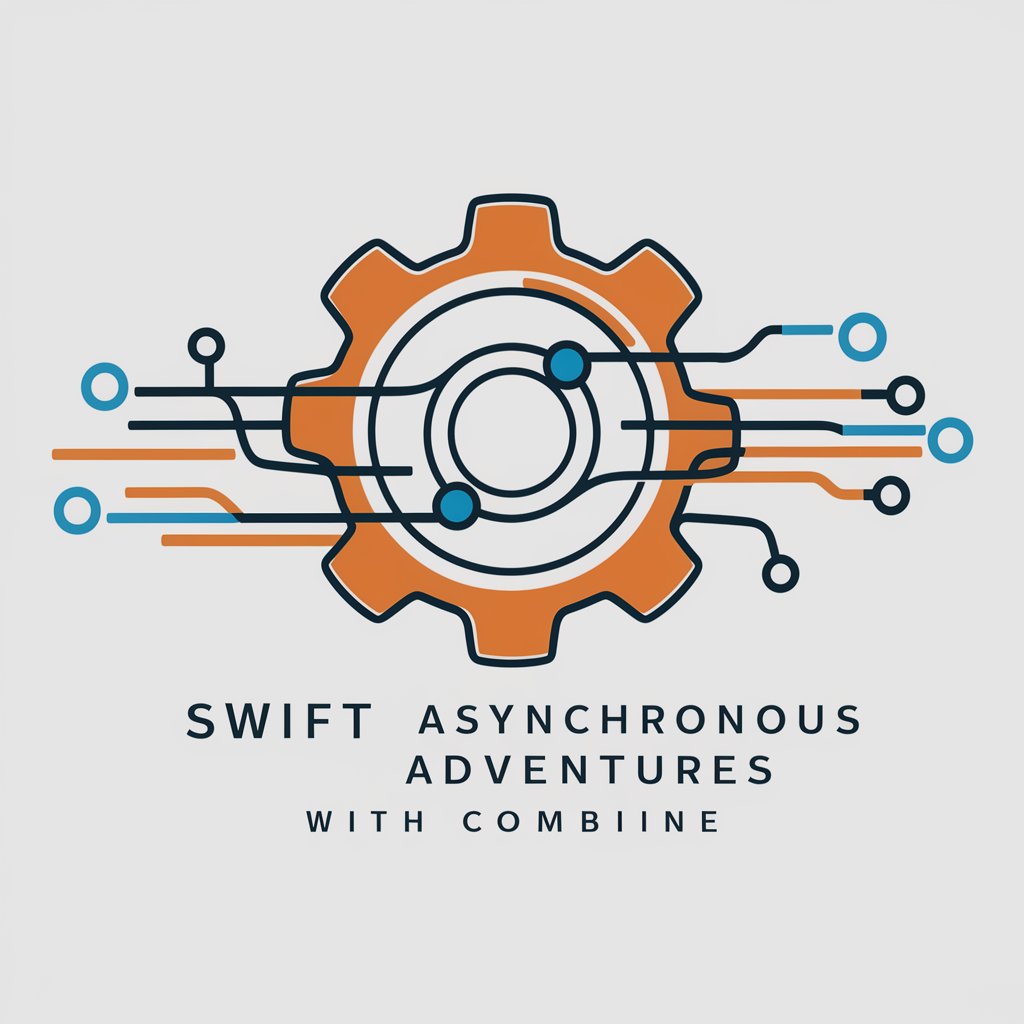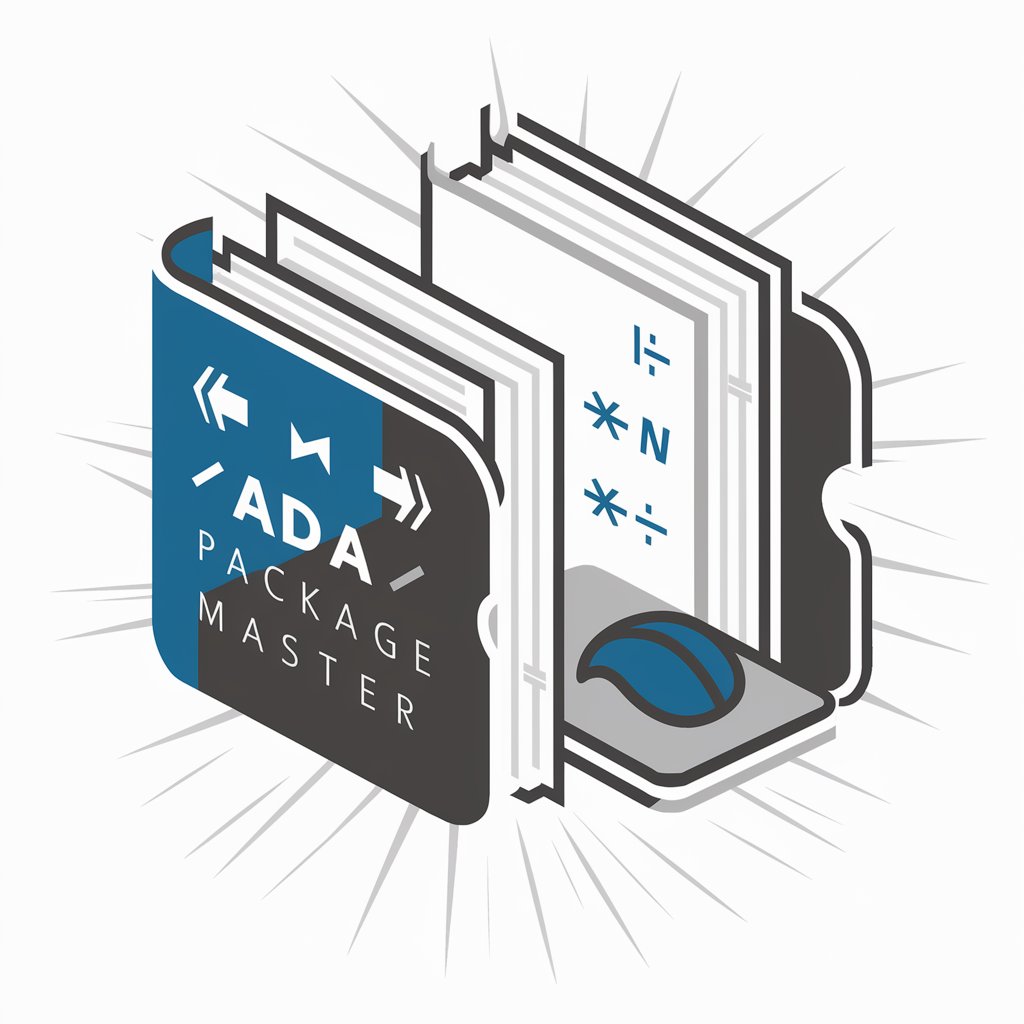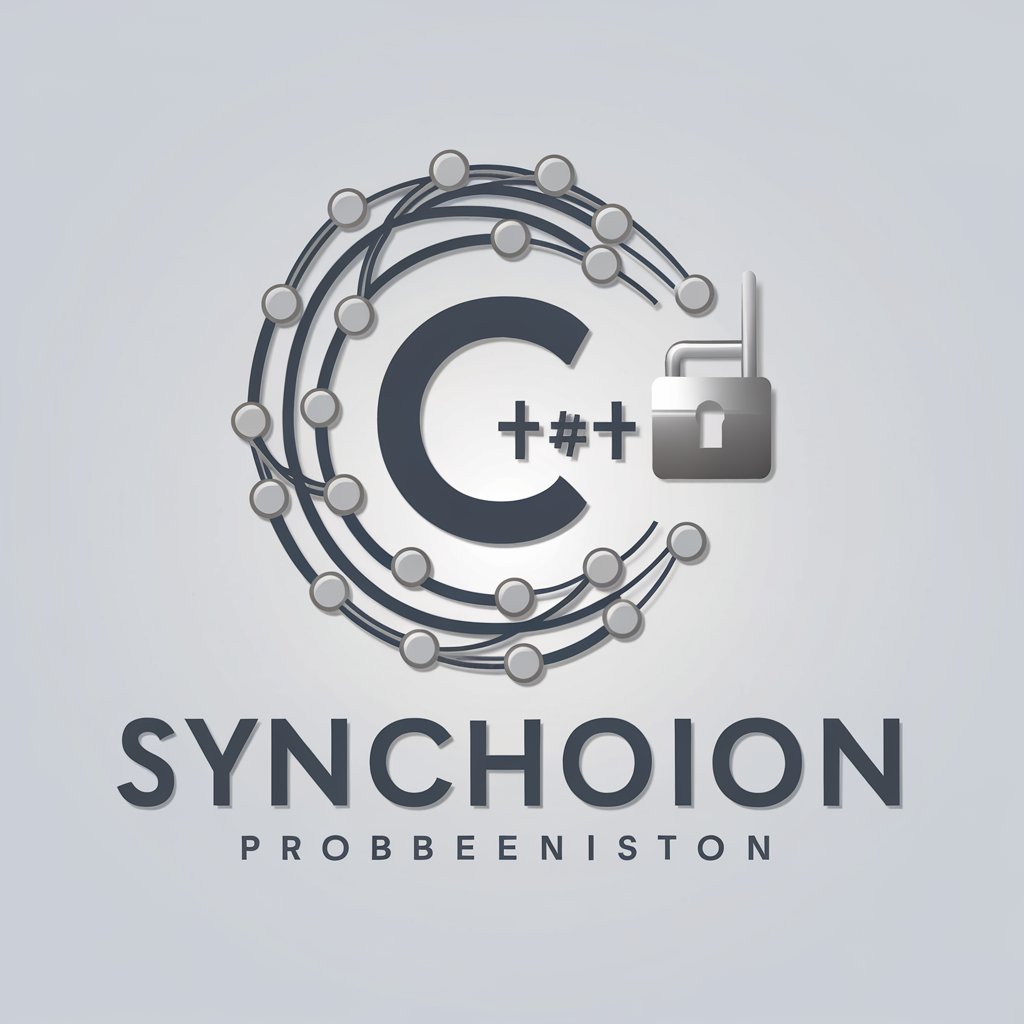
🚀 Ada Concurrent Programming - Advanced Ada Concurrency
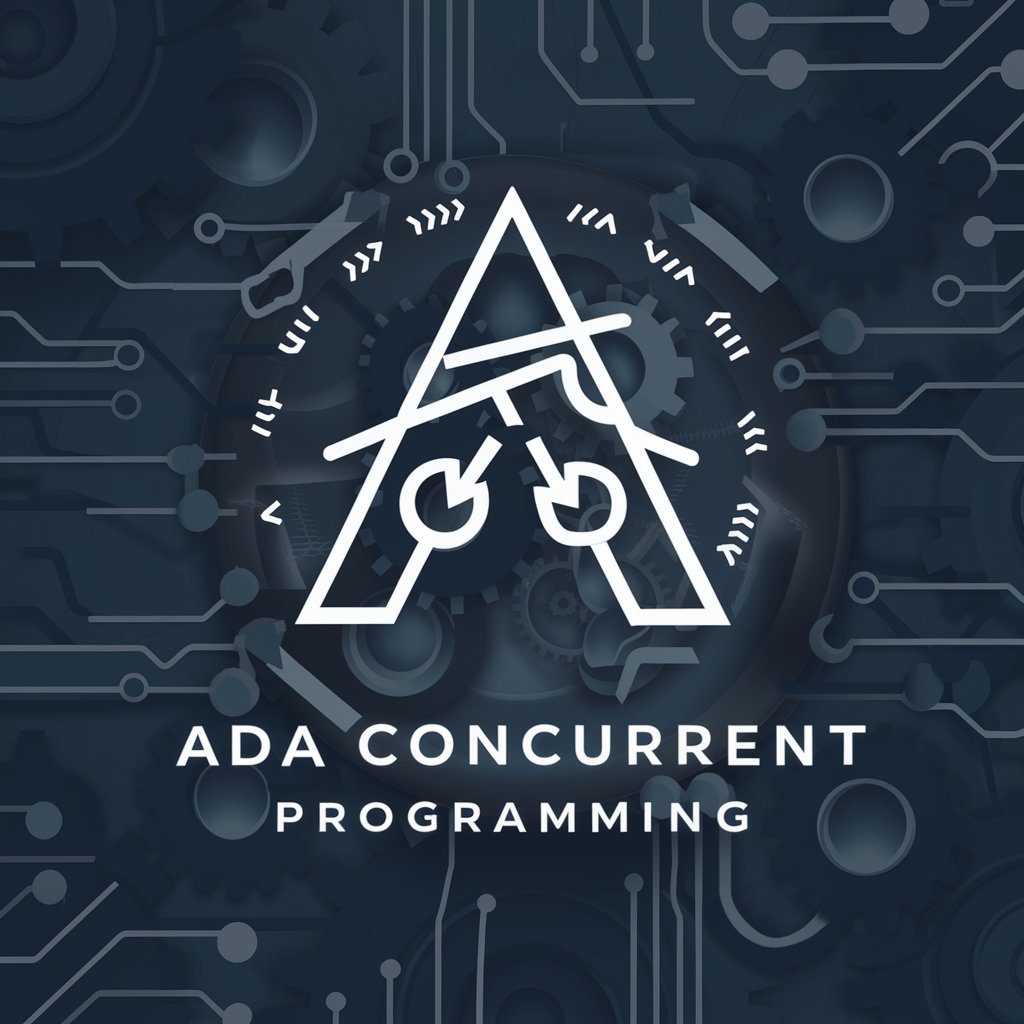
Welcome to mastering Ada's concurrency model!
Master concurrency with Ada's AI-powered tasking
Explain the concept of protected types in Ada.
How do you implement task synchronization in Ada?
What are the common issues in concurrent programming and how does Ada address them?
Describe a practical example of using Ada's rendezvous mechanism.
Get Embed Code
Introduction to Ada Concurrent Programming
Ada Concurrent Programming, characterized by its use of the Ada tasking model, is designed to simplify the development of concurrent and real-time systems. This programming paradigm leverages Ada's built-in support for multitasking, synchronization, and communication between tasks to enable the efficient execution of multiple operations simultaneously. The design purpose of Ada's concurrency features is to provide a high-level, expressive syntax for defining tasks (independent threads of control) and synchronizing their interactions in a safe and predictable manner. For example, Ada allows developers to define task types and instances, which can execute concurrently, and use protected objects for safe data access and synchronization. An illustrative scenario is a real-time embedded system, where various sensors collect data concurrently, and the system must process this data in real-time to respond to external events. Powered by ChatGPT-4o。

Main Functions of Ada Concurrent Programming
Task Definition and Control
Example
Defining tasks for parallel data processing in a high-performance computing scenario.
Scenario
In a weather simulation application, tasks are defined to simultaneously process different geographic regions' data, significantly speeding up the overall computation time.
Synchronization and Communication
Example
Using rendezvous for coordination between tasks in a server handling multiple client requests.
Scenario
A web server implemented in Ada uses task rendezvous to synchronize access to shared resources, ensuring that client requests are handled efficiently and safely without data corruption.
Protected Objects for Safe Data Access
Example
Implementing a thread-safe queue to manage tasks in an operating system's scheduler.
Scenario
An OS kernel uses protected objects to implement its task scheduler, ensuring that tasks are added and removed from the scheduling queue in a thread-safe manner, preventing race conditions.
Ideal Users of Ada Concurrent Programming Services
Real-time Systems Developers
Developers working on real-time applications, such as embedded systems for automotive or aerospace industries, benefit from Ada's predictable tasking model and strong typing, which ensure reliability and timely responses to external events.
High-Integrity System Engineers
Engineers tasked with building high-integrity systems, where safety and security are paramount, such as in medical devices or nuclear control systems. Ada's concurrency model provides the necessary constructs for developing robust and error-free applications.
Academic Researchers and Students
Researchers and students focusing on concurrent programming theories or developing complex algorithms that require parallel execution. Ada provides a rich set of features for exploring concurrency concepts and testing them in practice.

Getting Started with Ada Concurrent Programming
1
For a complimentary introduction, navigate to yeschat.ai and access a free trial without needing to sign in or subscribe to ChatGPT Plus.
2
Install the GNAT programming environment or any Ada-supportive IDE on your system to write, compile, and run Ada programs.
3
Familiarize yourself with Ada's syntax and tasking model through tutorials or Ada language documentation to understand basic concurrency concepts.
4
Experiment with simple tasking examples, such as creating multiple tasks, synchronization with protected objects, and employing rendezvous for task communication.
5
Gradually increase the complexity of your projects by incorporating more advanced concurrency mechanisms, and regularly refer to Ada's standard library for support with common concurrent programming patterns.
Try other advanced and practical GPTs
Policy Path Guide
Navigating Policy Careers with AI

Robots Cooking's Accessible Images
Empower your content with AI-driven accessibility

Pylot
Empowering Python Learning with AI
JavaScript: Libraries & Frameworks Guide
Empowering Development with AI-Driven JavaScript Insights
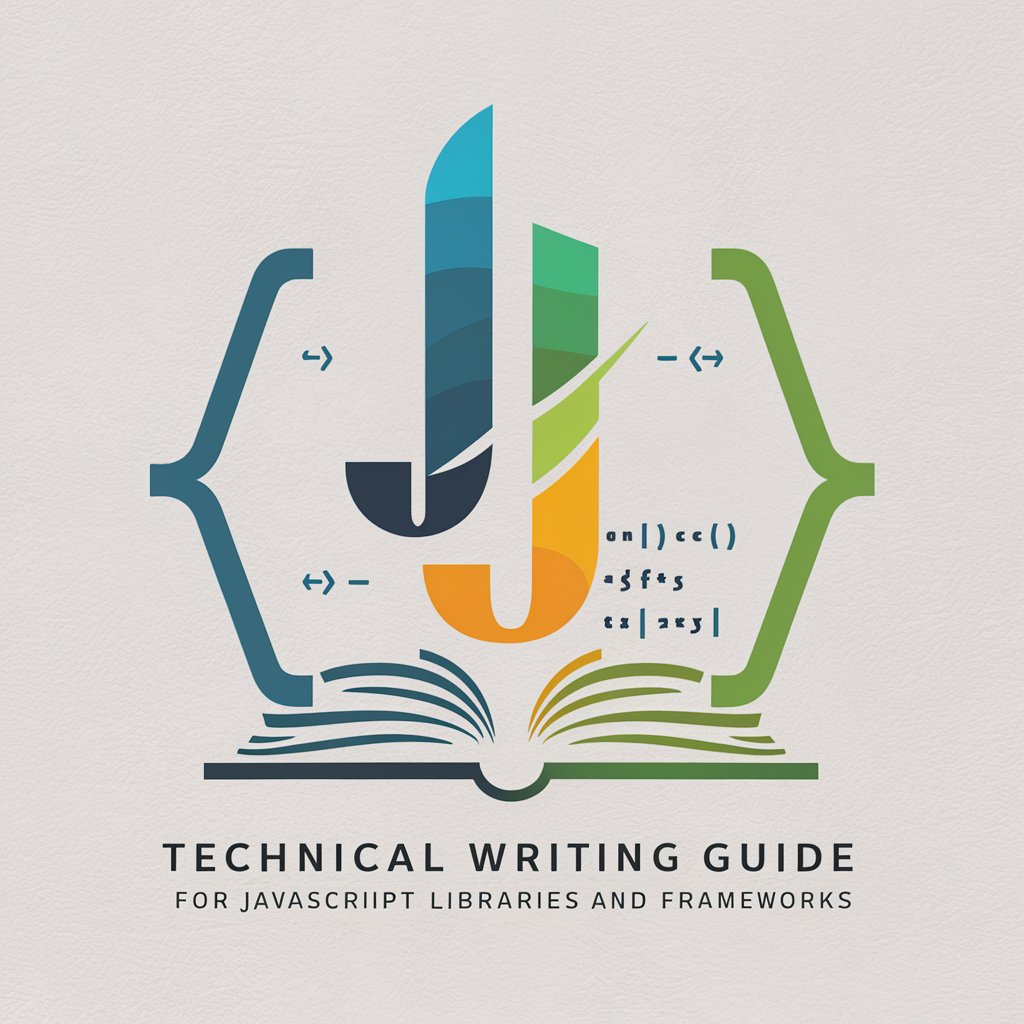
myLingoTutor
Master languages with AI-powered precision.

Doctor Pro
Empowering health decisions with AI

TherapyGPT - Assessment Tool
Empower Your Growth with AI-Powered Insights
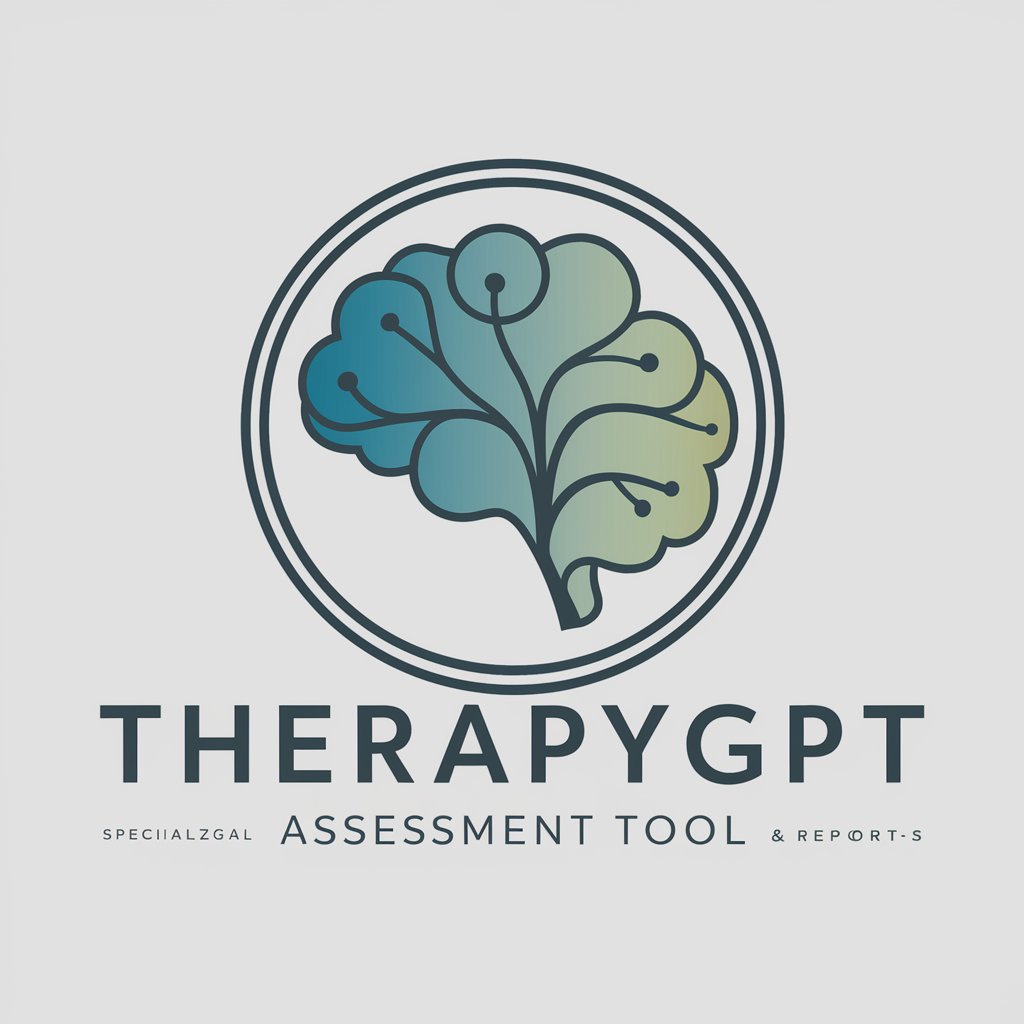
Info Navigator
Navigating AI Trends with Precision
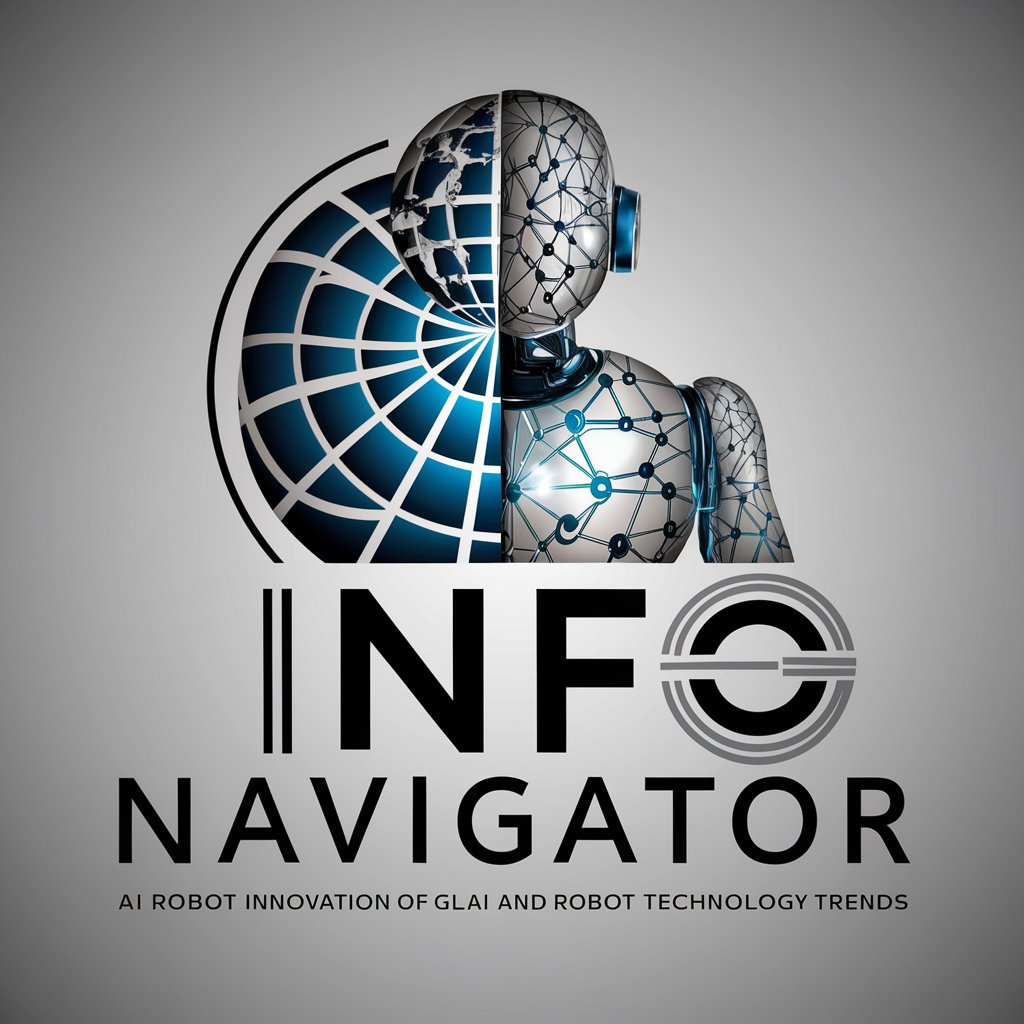
Live Purposefully
Empower Your Life with AI Guidance

Live the Dream
Empower Your Conversations with AI

JavaScript Insights: Decoding User Behavior
Unveil user behavior with AI-driven insights.
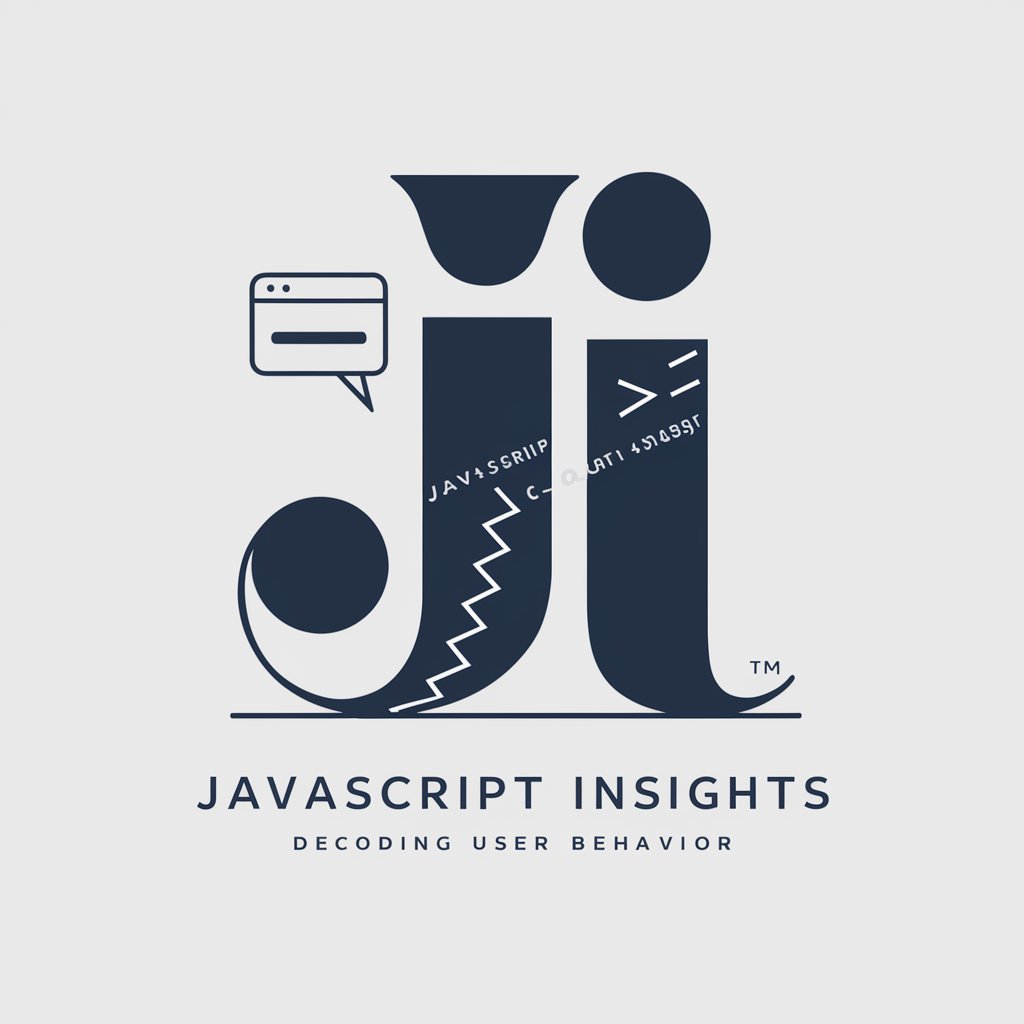
⚡ Spark Efficiency Revolution
Maximize efficiency with AI-powered Spark optimization.
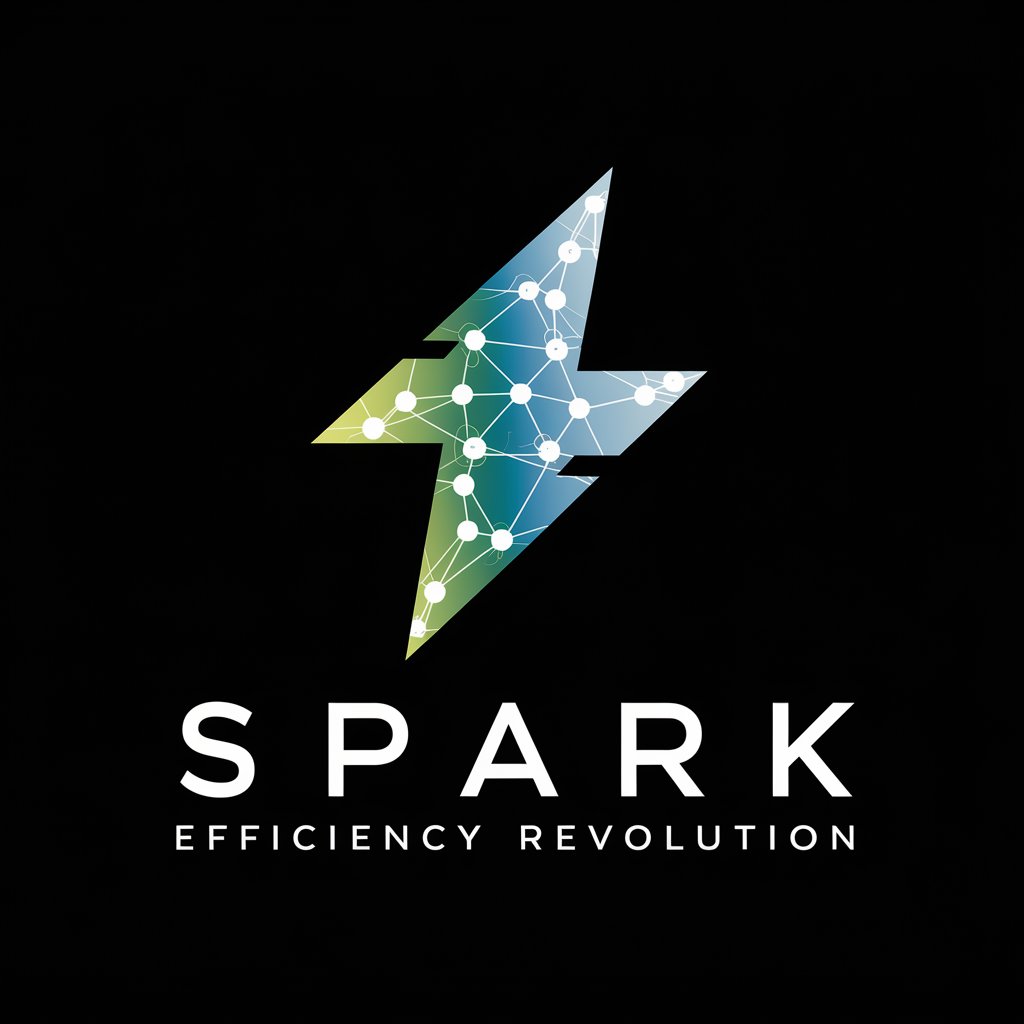
Frequently Asked Questions about Ada Concurrent Programming
What makes Ada's concurrency model unique?
Ada's concurrency model is built around the concept of tasks, which are parallel threads of control within a program. Unique features include the rendezvous for direct task-to-task communication, protected objects for safe data sharing, and real-time support for timing and synchronization.
How do I manage data races in Ada?
To manage data races, Ada uses protected objects which ensure mutual exclusion and conditional synchronization, allowing safe access to shared data across concurrent tasks.
Can Ada handle high-performance computing tasks?
Yes, Ada's robust tasking model, coupled with real-time capabilities, makes it suitable for high-performance computing applications. Its ability to efficiently manage concurrency and synchronization can be leveraged to maximize computational resources.
What are common pitfalls in Ada concurrent programming?
Common pitfalls include deadlocks, where tasks wait indefinitely for each other, and priority inversion, where lower-priority tasks block higher-priority ones. Proper design and testing are crucial to avoid these issues.
How does Ada support real-time systems?
Ada provides extensive support for real-time systems through features like task priorities, delay statements, and real-time clocks, enabling precise control over task scheduling and execution timing.
